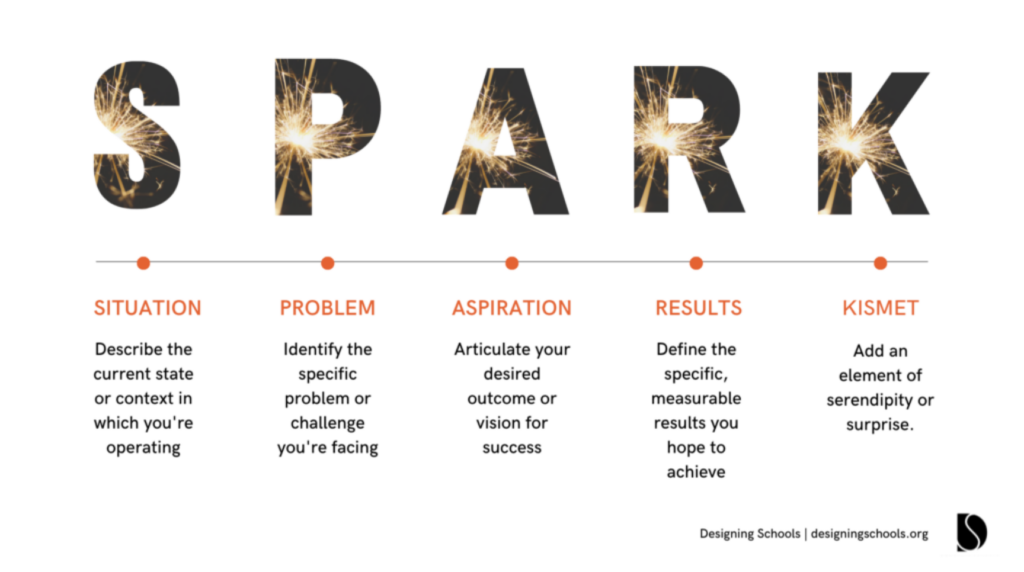Generative AI is a New Partner in Learning Experience Design
Key Points
-
Generative AI will become a widely used instructional design partner for curriculum directors, teachers, and students.
-
It has the potential to save time while personalizing learning pathways for every learner.

Generative AI can author learner experiences, projects and courses. “A teacher can use AI to develop a lesson plan, create an assessment customized to each student’s background or interests, and facilitate breakout sessions,” said Robin Lake, CRPE.
“This is undoubtedly a transformative technology. It has the potential to give every educator an infinite team of assistants. We’re actively building this into our classes, showing students how to use these tools to elevate their work,” said Garrett Smiley, CEO at Sora Schools, a next gen online middle and high school featuring interdisciplinary, student-led, and mastery-based learning. Next year, Sora learners will benefit from AI tutoring and numerous co-authored Expeditions each year (an example of Expedition topics is shown below).
Coursera is integrating a generative AI coach for students into courses on the platform. Coursera Coach will answer questions, give feedback, summarize video lectures and other materials, give career advice, and prepare them for job interviews. Later this year, Coursera will introduce an AI course-building tool for teachers that create course content, assignments, and glossaries.
NOLEJ generates lesson plans with a few prompts. Based on our case study of Real World Learning, we used NOLEJ to generate this unit of study. (Listen to the podcast with NOLEJ CEO Bodo Hoenen).
Using Generative AI for learner experience design can perpetuate bad learning design just more efficiently. They are prediction engines that scrape training data for relevant text fragments and produce recommendations that may or may not be sound pedagogy. The knowledge and judgment to build useful prompts and creatively edit recommendations remain important.
The SPARK framework from Designing Schools is an early effort to support better learning design prompts.

Using a journalism metaphor, Pressto coaches learners in grades 3-8 to write more and better. AI provides detailed writing prompts and delivers real-time formative feedback. Journalism motivates students to write more. Pressto develops voice, agency, and encourages learners to share their ideas.
Indian edtech giant Byjus announced TeacherGPT, an AI-powered assistant, provides personalized guidance to learners and also grades their responses. Incorporating student’s interests, Byju’s AI model helps contextualize instruction. They also announced MathGPT helps learners solve math problems using understandable analogies and visual aids.
Co-Authored Real World Learning
The gen AI learning experience design application we’re most excited about is project co-authoring.
DaVinci Schools developed Project Leo, a ChatGPT powered project authoring tool that brings student strengths and interests, industry expertise, and teacher identified needs into the design of personalized projects. Students in the three STEM focused Los Angeles DaVinci high schools use Leo to build 1300 inspiring projects this spring while gaining feedback from teachers, professionals, and peers throughout the process. Through a partnership with Cal Poly, professors and college students give feedback on high school projects and build a professional network in the process.
Sora Schools cocreated Playlab, an open project design app built on a large language model. “It’s great for getting over writer’s block, designing projects, and drafting expeditions,” said Smiley.
Shelby Scoffield, a teacher at Mountain House High School in California, invites learners to use ChatGPT to brainstorm projects based on 10th grade English standards.
Jim Newland, Real World Learning Coordinator at Grandview High in Kansas City, used ChatGPT to help co-author client projects, develop outcomes and build rubrics for each outcome.
Inspired by Newland’s examples, we asked students to Bard, Google’s large language model, to provide advice on how it could support an entrepreneurial experience:
For a themed school, Bard produced a pretty good list of potential grade level projects.
We invited ChatGPT to design a K-12 school focusing on data science and got seven moderately useful design principles. We followed up by requesting examples of grade level projects and received a sold draft list.
We asked Bard to suggest some grade level projects for a school-farm partnership with a focus on nutrition, ag tech, and entrepreneurship. Here are some examples:
We asked Bard to identify grade level projects associated with a school-museum partnership. Here are some examples:
Generative AI will become a widely used instructional design partner for curriculum directors, teachers, and students. Deriving instructional design value from generative AI requires creative prompts, insightful follow up, and thoughtful editing. It has the potential to save time while personalizing learning pathways for every learner.




0 Comments
Leave a Comment
Your email address will not be published. All fields are required.